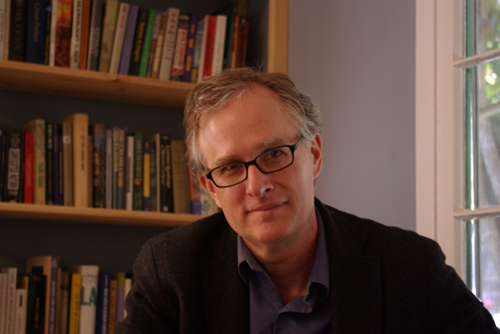
Jon Christensen in Grist: How to build a new park so its neighbors benefit
All cities hunger for new property tax revenue. But all of these park projects at some point aspired to provide green space in neighborhoods that historically had little access to it. This pattern of new parks creating housing pressure might lead observers to wonder whether such investments are a good idea, if they threaten to displace the very people they were intended to serve. That tension is again captured in shade-starved L.A., where activists who tried for years to get the city to invest in the river as a public space now fear that the current revitalization effort is a “Trojan horse for gentrification,” as one writer recently put it.
The question for park-makers, and the city leaders who champion them, is whether communities can have their grass-covered cake and eat it too. A new joint report by researchers at UCLA and the University of Utah examines this question, surveying “parks-related anti-displacement strategies” (or PRADS) undertaken by 19 U.S. cities where 27 major park developments are underway, including those in the “High Line Network,” a coalition of projects trying to learn from the namesake example.
The results are a mixed bag. “The good news is that stakeholders in about half of the projects we surveyed, including many park advocates and local community organizations, are proposing and actually implementing PRADS,” write Alessandro Rigolon, a professor of city planning at the University of Utah, and Jon Christensen, a professor at the UCLA Institute of the Environment and Sustainability. “The bad news is that the other half of the projects have not taken concrete actions yet.”
